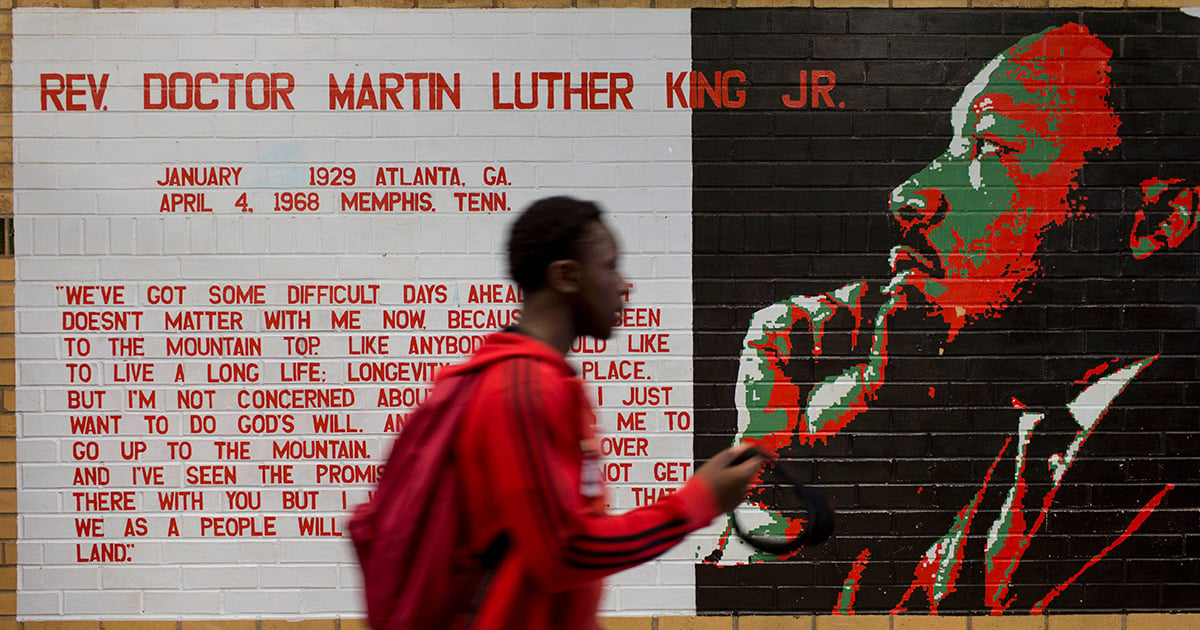Segregation: Everywhere and Growing, so What to Do?

This post will be the first of a two-part series on the issue of segregation in schools. This is not just a Seattle Schools issue; it's a national issue. (The second part of the series will be about the HCC program and the presentation the Board hear at their last retreat from an expert on gifted programs who gave the Board many ideas on how to expand the make-up of the program.)
Today's Landscape
Segregation in schools is on the rise. From Business Insider:
The number of students attending "High-Poverty and mostly Black or Hispanic" (H/PBH) public schools — including charter and magnet schools — more than doubled between 2001 and 2014.
From Frontline, possible causes/outcomes:
- Court oversight increasingly faded during the 2000s
- Segregation tends to rise without court oversight
- Integration is struggling to keep up with enrollment trends.
Consider that from 1968 to 2011, enrollment among white students fell 28 percent, but grew by 19 percent among black students and a whopping 495 percent among Latinos. The typical Latino student now attends a school that’s nearly 57 percent Latino, more segregated than blacks and Asians.
- Whites have the least exposure to students of other races
Put another way, in a classroom of 30 students, the average white student has 21 white classmates, two black classmates, four Latinos, one Asian and one “other.” Conversely, the typical black or Latino student would have eight white classmates and at least 20 minority classmates.
- Segregation is as much about poverty as it is about race
- Integration boosts the odds of high school graduation.
In one study, he found that for every year a black student attended an integrated school, their likelihood of graduating went up 2 percentage points. The longer that student stayed in school, the greater his odds. Johnson found that the difference is tied to the fact that schools under court supervision benefit from higher per-pupil spending and smaller student-teacher ratios.
There was an editorial in the New York Times today on this topic, School Seattle Schools Community Forum: Segregation: Everywhere and Growing, so What to Do?:
